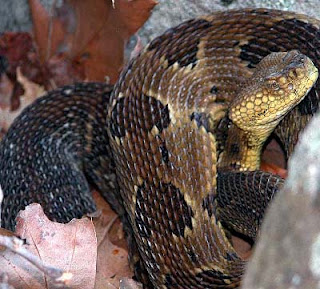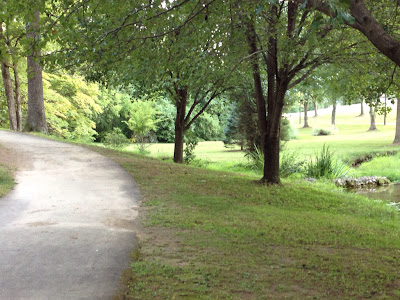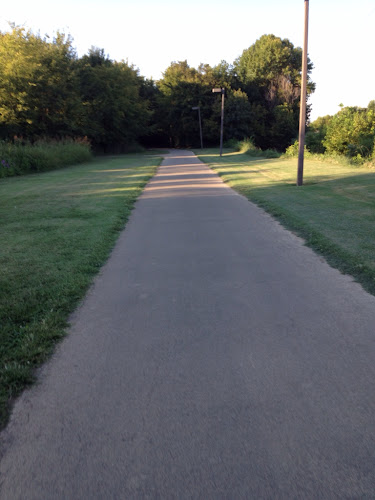 |
| Timber Rattlesnake--notice the wide head |
Out Alive: Bitten by a Rattlesnake
http://www.backpacker.com/out-alive-bitten-by-a-rattlesnake/survival/16703
Through researching the internet, I have concluded that if I or one of my hiking companions is struck by either of the two poisonous snakes found in the Smokies, I need to remember to do the following:
Do's
*Remain calm. Yeah, right! However, this will slow the spread of the venom through the body if we can pull it off.
*Remove all jewelry that may be difficult to remove after the area swells.
*Try to immobilize the area as much as possible. For instance, make a splint or sling if the bite is on the arm.
*Keep the affected area at or below the level of the heart.
*One of my hiking partners carries a snake bite kit. Although there is some confusion on the web as to the effectiveness, National Institutes of Health does recommend using one like the ones made by Sawyer. I may look into buying one of those.
*If it is possible, the victim can be carried out. However, if it means a major delay in getting help, it is better that the victim walk out.
Don'ts
*Do not cut the bite wound with a knife or anything else.
*Do not attempt to suck the poison out of the wound.
*Do not waste time trying to kill and catch the snake. (I wouldn't be tempted to do this anyway, but that is the advice I've found on the web.) But do try to remember the color and shape (especially of the head) to help rescue personnel identify the snake.
*Do not apply ice packs to the wound.
*Do not apply a tourniquet. There is some confusion here, so I suggest you do your own reading on this one. I, personally, will be afraid to apply one with my limited knowledge of first aid.
Important recommendations:
*Consider taking a Wilderness First Aid Course--something I would love to do soon!
*Pay close attention to the area in which you hike. Be aware of where snakes might be and be on the lookout for them.
*Never reach into crevices in rocks or under piles of rocks or brush where snakes may be hiding.
*If you have to walk through an area where you cannot see your feet, use your hiking pole in front of you to give the snake time to get out of your way.
*As a caveat, I am not a medical professional. I simply tried to gather information for my own use on the trails. I did use information from what I consider to be professional sites, primarily the Mayo Clinic and National Institutes of Health.
 |
| Copperhead--the only other poisonous snake in the Smokies |







